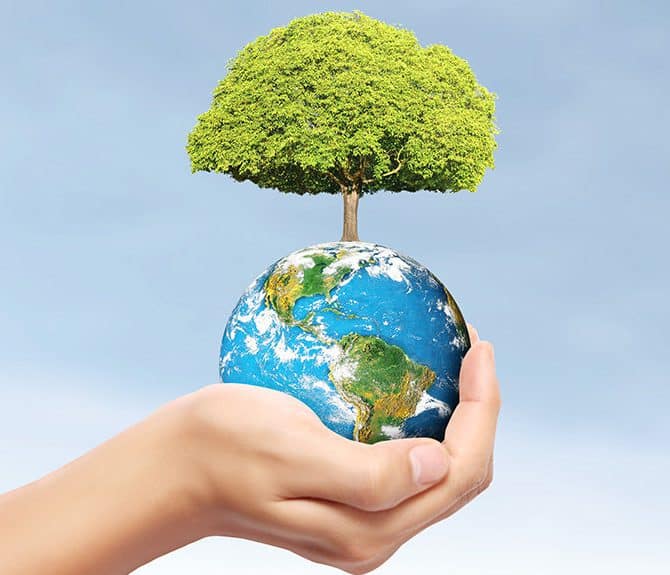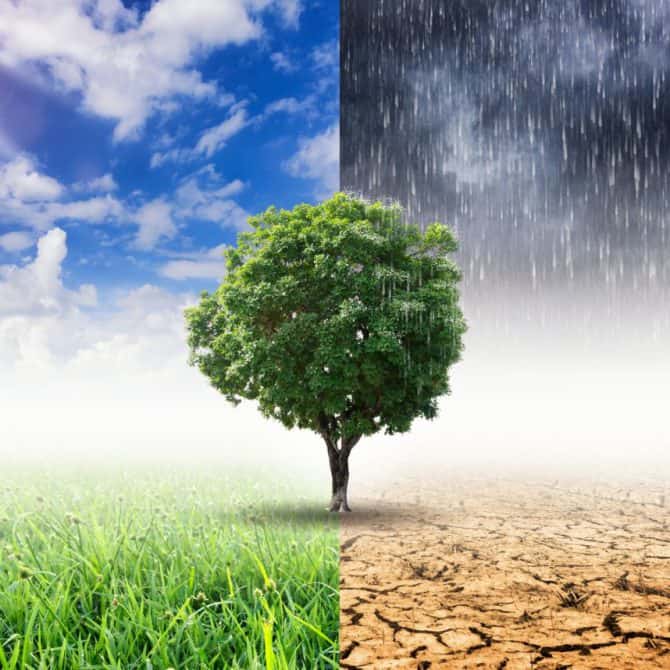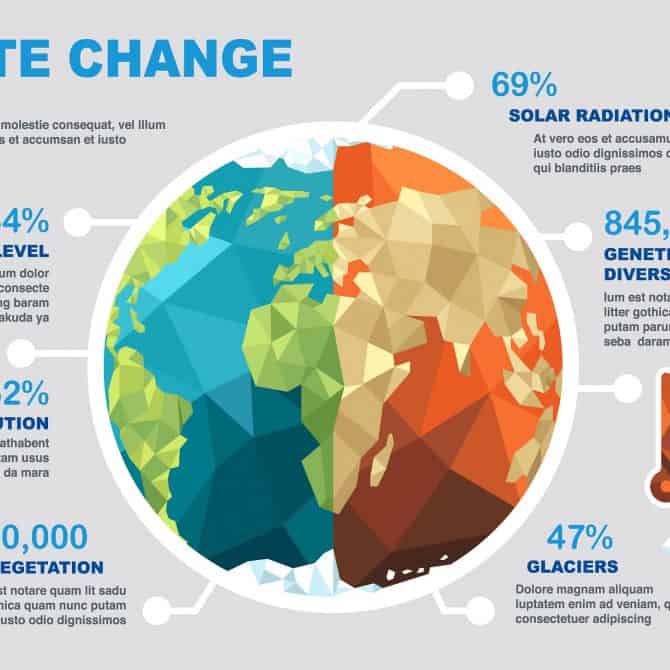This guide represents a recent (1999) review of climate change. Throughout, the focus has essentially been on global climate change, although reference to regional scale climatic change has been made if and when necessary. On their own each chapter is a broadly self-contained discussion of a specific sub-issue of importance. Climate is the long-term statistical expression of short-term weather. Climate can be defined qualitatively as “expected weather” (Bradley, 1985), or quantitatively by statistical expressions such as central tendencies and variances.The problem we noticed is that we have a huge influence over the weather. Which many people still remain oblivious to the idea and reject it. The need arose to begin a more environment-friendly lifestyle and that’s when we started taking our first steps towards a more bright future. Thankfully, the internet has proven to be an excellent tool in this and encourages online shopping, online gaming which proved a big success, and online payments of bills and much more miscellaneous everyday tasks.
Solution to global climate change
Plant More Trees
Nitrous oxide (N2O) is produced by both biological mechanisms in the oceans and soils, and by anthropogenic means including industrial combustion, vehicle exhausts etc.Energy Budget
The Earth, however, does have an atmosphere and this affects its energy balance. The average global temperature is, in fact, 288K or 15C, 33K warmer than the effective radiation temperature.Ozone
Ozone (O3) in the stratosphere filters out harmful ultra-violet radiation from the Sun, and so protects life on Earth. Recently, there have been fears about the destruction of the ozone layer, principally over the Antarctic.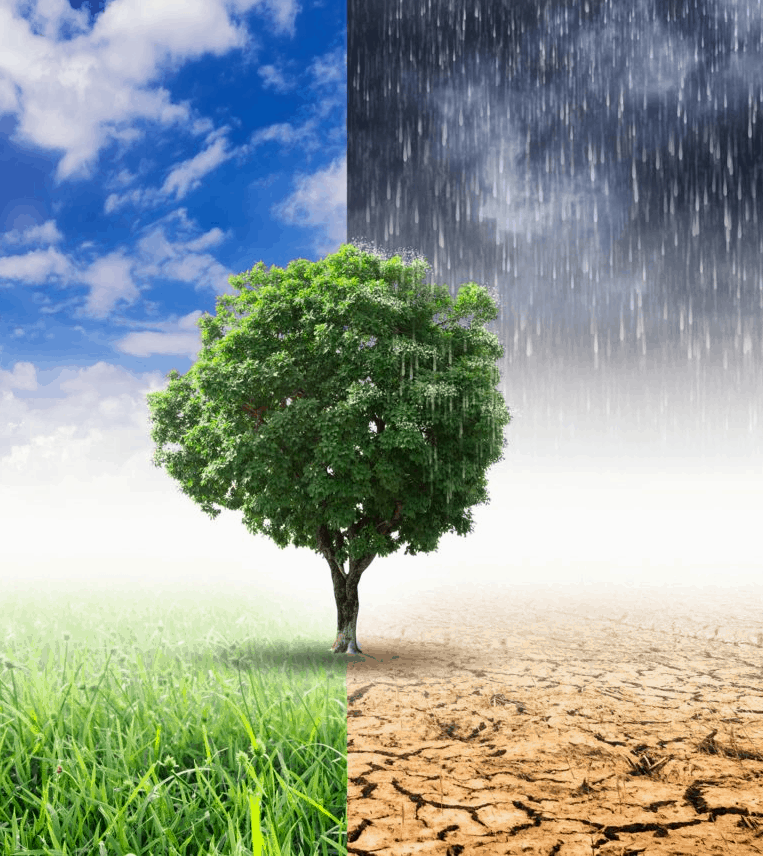
Aerosols
Variations in the abundance of the atmospheric greenhouse gases have the potential for changing the global climate. Variations in another group of species, namely the atmospheric aerosols, can also affect climate.Energy Transfers
If energy fluxes are calculated for different areas around the globe, one finds that between about 40N and 35S the incoming solar radiation is greater than the outgoing terrestrial radiation.Summary
It is the fluxes principally of energy but also of moisture, momentum and mass, which determine the state of our climate.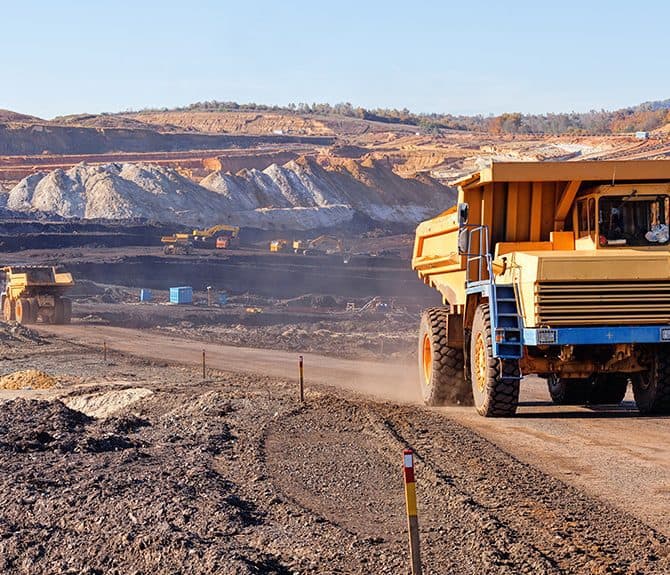
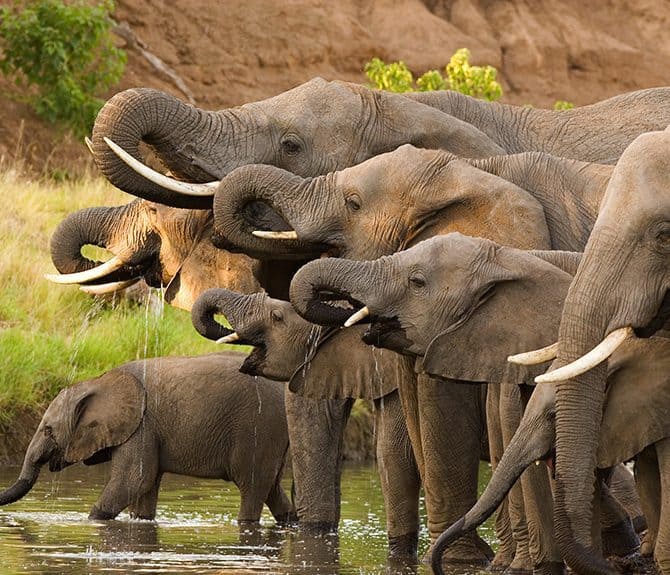

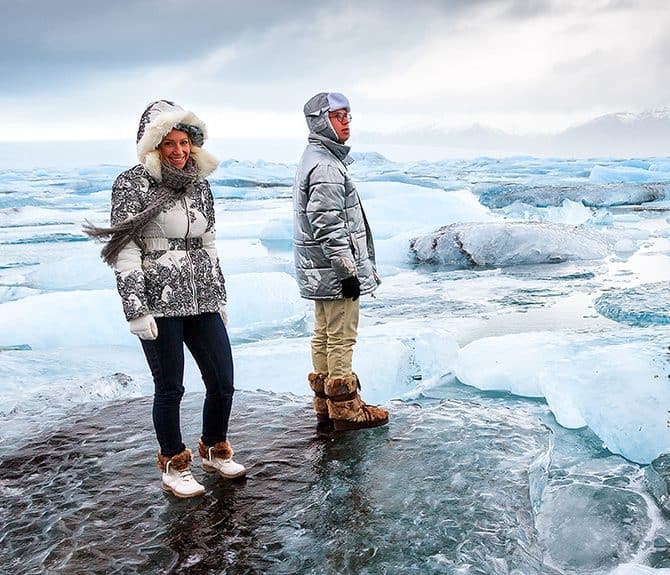
This event has passed.





